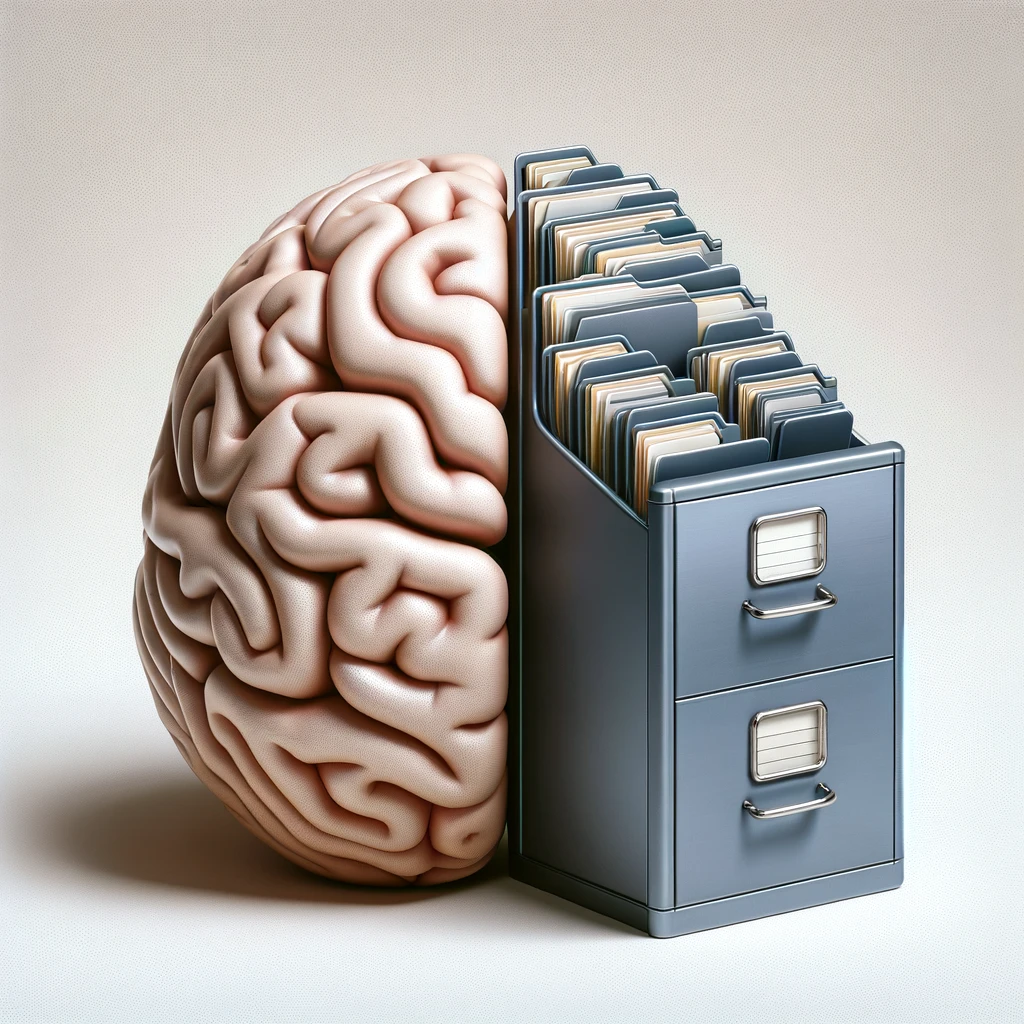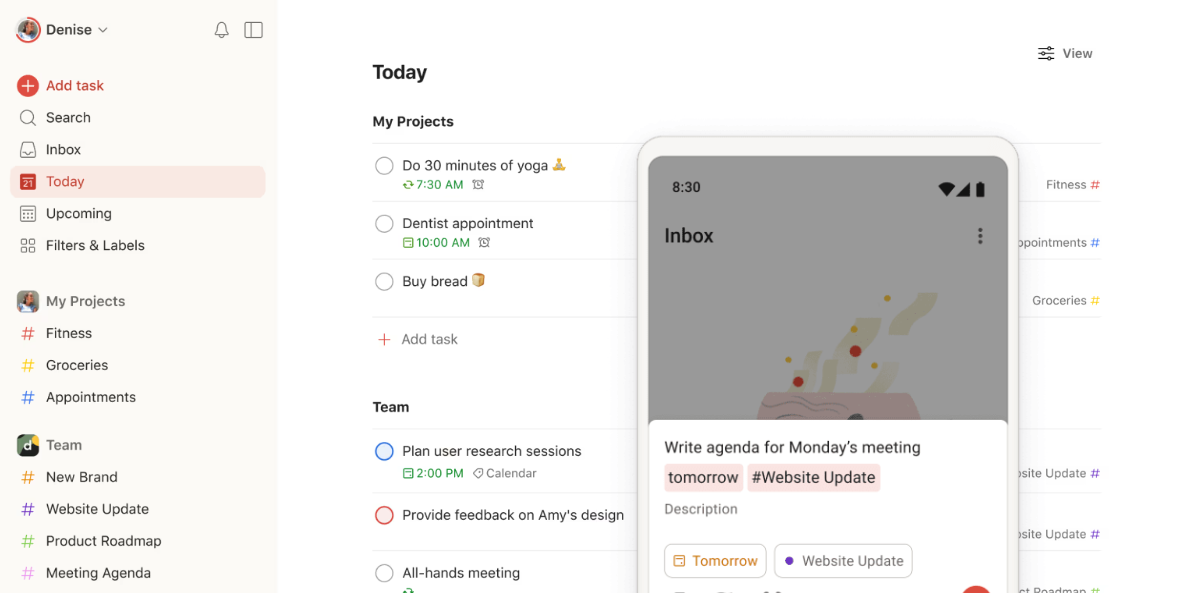The Second Brain: Basic Principles of Tiago Forte’s Method
In this article, we will explore the fundamentals of Tiago Forte’s method for building a second brain, detailing the basic principles that underpin this innovative approach to knowledge management.
Origin of the Second Brain Concept
The idea of a “second brain” was developed by Tiago Forte, a productivity and knowledge management specialist. He realized that with the increasing amount of information we face daily, it is essential to have a system that helps us capture, organize, and utilize this information efficiently. The second brain concept emerged as a solution to store and process information outside of our minds, freeing up mental space for creativity and decision-making.

Theoretical Foundations
Tiago Forte’s method is based on several theoretical principles:
- Cognitive Load Theory: Our brains have a limited capacity to process information simultaneously. By externalizing information to a second brain, we can reduce cognitive load and improve our focus and productivity.
- External Memory: Using digital tools as an extension of our natural memory. This allows us to keep important information accessible without overloading our working memory.
- Organization Principles: Effective organization of information facilitates retrieval and utilization when needed. This aligns with knowledge management theories that emphasize the importance of structuring and categorizing information.
Structure of the Method
The structure of Tiago Forte’s method is organized around four main cycles, known by the acronym CODE: Capture, Organize, Distill, and Express.
The Capture Cycle
The capture phase is crucial to ensure no relevant information is lost. Here are the main steps:
- Collect Information: Use various sources such as books, articles, meetings, and conversations to gather information.
- Capture Tools: Applications like Evernote, Notion, and web capture tools like Pocket and Instapaper are essential for efficiently storing information.
- Capture Methods: Handwritten notes, audio recordings, and web article clippings are some ways to capture relevant information.
The Organize Cycle
After capturing the information, the next step is to organize it in a way that makes sense and facilitates future access and use. Tiago Forte recommends the PARA method to structure this information:
- Projects: Outcomes that you are actively working to achieve.
- Areas: Long-term responsibilities that you want to maintain.
- Resources: Topics or materials of interest that may be useful in the future.
- Archive: Everything that is no longer active but might be useful as a reference.
The Distill Cycle
The distillation phase involves simplifying and synthesizing the captured information, highlighting the most important and useful points. The goal is to turn raw information into clear and actionable knowledge:
- Summary of Information: Highlight key points and eliminate excess data.
- Synthesis Tools: Use markings and highlights in documents, create summaries of notes.
The Express Cycle
The final cycle is to use the organized and distilled knowledge to create something new, whether it’s a project, an article, a presentation, or any other form of expression that leverages the stored information:
- Content Creation: Use the synthesized information to generate new materials or take actions.
- Expression Tools: Text editors, presentation software, publishing platforms.
Conclusion
Tiago Forte’s Second Brain method offers a structured approach to managing the constant flow of information we face daily. By following the Capture, Organize, Distill, and Express cycles, we can improve our productivity, free up mental space for creativity, and make more informed and effective decisions. Building a second brain is essentially creating a digital extension of our mind, allowing us to work smarter and more efficiently.



